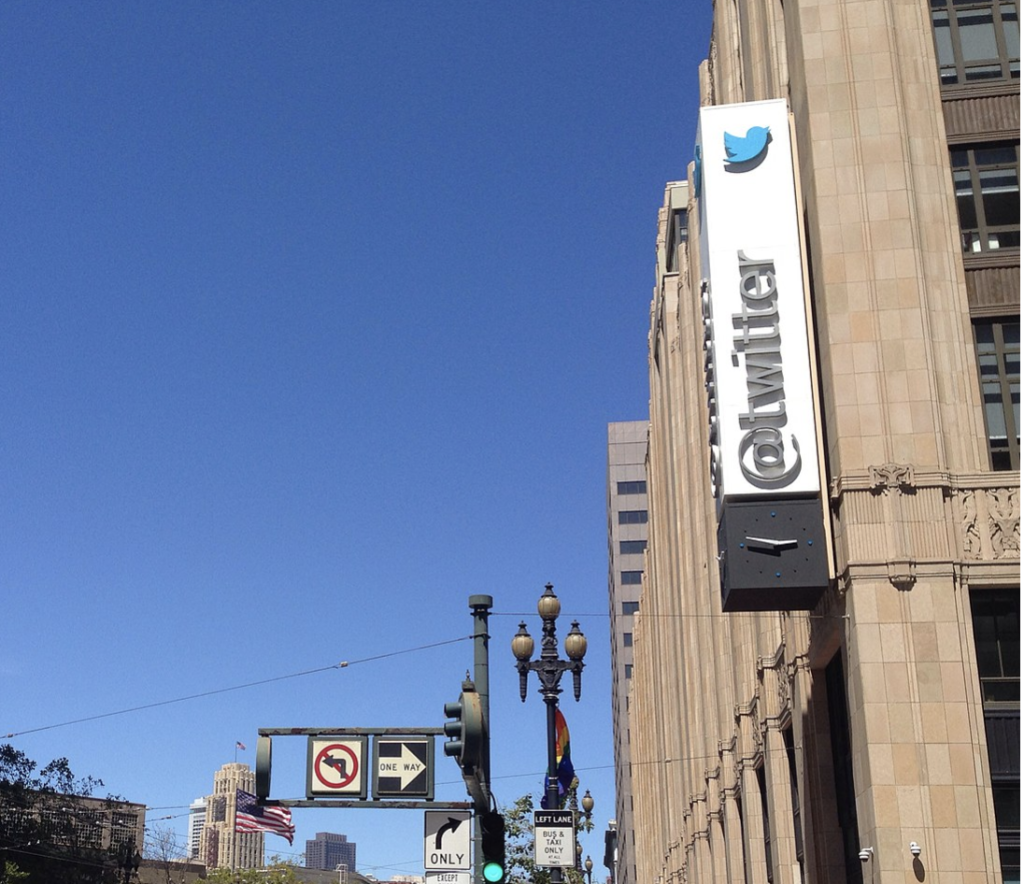Of course it’s big news, both in San Francisco and nationally, that Elon Musk has put a few bedrooms in the Twitter office. CNN notes that this is everything that’s wrong with work culture in the US, and I don’t disagree. The Chron says the city is investigating. Musk is complaining, because of course he is.
But all of these stories are missing a much, much larger point.

The Twitter building was never supposed to be offices. It was never zoned for office space. Even the pro-office Planning Department agreed.
But under Mayor Willie Brown, a developer lawyer named Tim Tosta convinced the mayor’s Board of Appeals to miraculously change its designation.
In the process, the building owners saved about $25 million in fees.
There’s a larger story here, about how city officials in the era when Brown would do anything for developers, and Mayor Ed Lee’s Administration would do anything to attract tech companies, allowed widespread conversions of warehouse and industrial space to offices—without any public discussion or rezoning.
In the process, the city lost much of its light-industrial base, moving more and more toward a monocrop office economy—and now that remote work has devastated the downtown office market, San Francisco is going to struggle to recover.
This didn’t need to happen; it was all driven by real-estate profits and Lee’s obsession with tech.
Help us save local journalism!
Every tax-deductible donation helps us grow to cover the issues that mean the most to our community. Become a 48 Hills Hero and support the only daily progressive news source in the Bay Area.
You can read the whole back story here. (Warning, it’s an early 48hills story, back when you had to click on the jump to get the whole story.)
I will summarize:
The building that Twitter occupies was once known as the Furniture Mart, a showroom for home furnishings. It was zoned for light industry, and by law no offices were allowed.
If the owner, which back in 2002 was Salamon Brothers Realty, wanted to turn industrial space into office space, the company would have to pay all of the fees that are associated with office development.
As Brad Paul, a planning activist and former deputy mayor, said at the time:
“The nexus studies that set these fees are about the number of workers per square foot,” he testified. “An office, typically, is one worker for every 200 to 250 square feet. These kinds of showrooms are probably one worker to every 500 or 600 square feet.
“So office use generates two to three times as many workers … and at 1 million square feet, that’s the difference between 4,000 workers and 8,000 workers. The fees are there to pay for those extra 4,000 workers and the buses they take and the housing they need.”
Tosta told the Appeals Board, entirely appointed by the mayor, that maybe there had been an office or two to support the furniture sales effort.
Doug Shoemaker, an affordable housing activist who would go on to lead the Mayor’s Office of Housing, called the pitch by Tosta “embarrassing and disgraceful.” Filling the building with office workers, he said, would have “a massive impact on both the transit system and the housing supply.”
The total fees that the owners would have paid amounted to about $25 million.
But Brown’s Board of Appeals bought the developer line, and ruled that the building was, in fact, legally office space.
As we pointed out back then:
Two months later, in June, 2002, the voters approved a measure to split appointments to the Board of Appeals between the mayor and the supervisors – in part because Brown’s board was so willing to do whatever developers wanted, even to the point of absurdity (and at great cost to the city).
Then Mayor Lee gave Twitter a tax break to move into the building, saying the tech influx would revitalize mid-Market. But the workers in the new offices got free food and services, and rarely ventured out into the neighborhood, so that never happened.
The building inspectors can go ahead and look for illegal bedrooms. But they are missing the $25 million scam that created this disaster in the first place.





